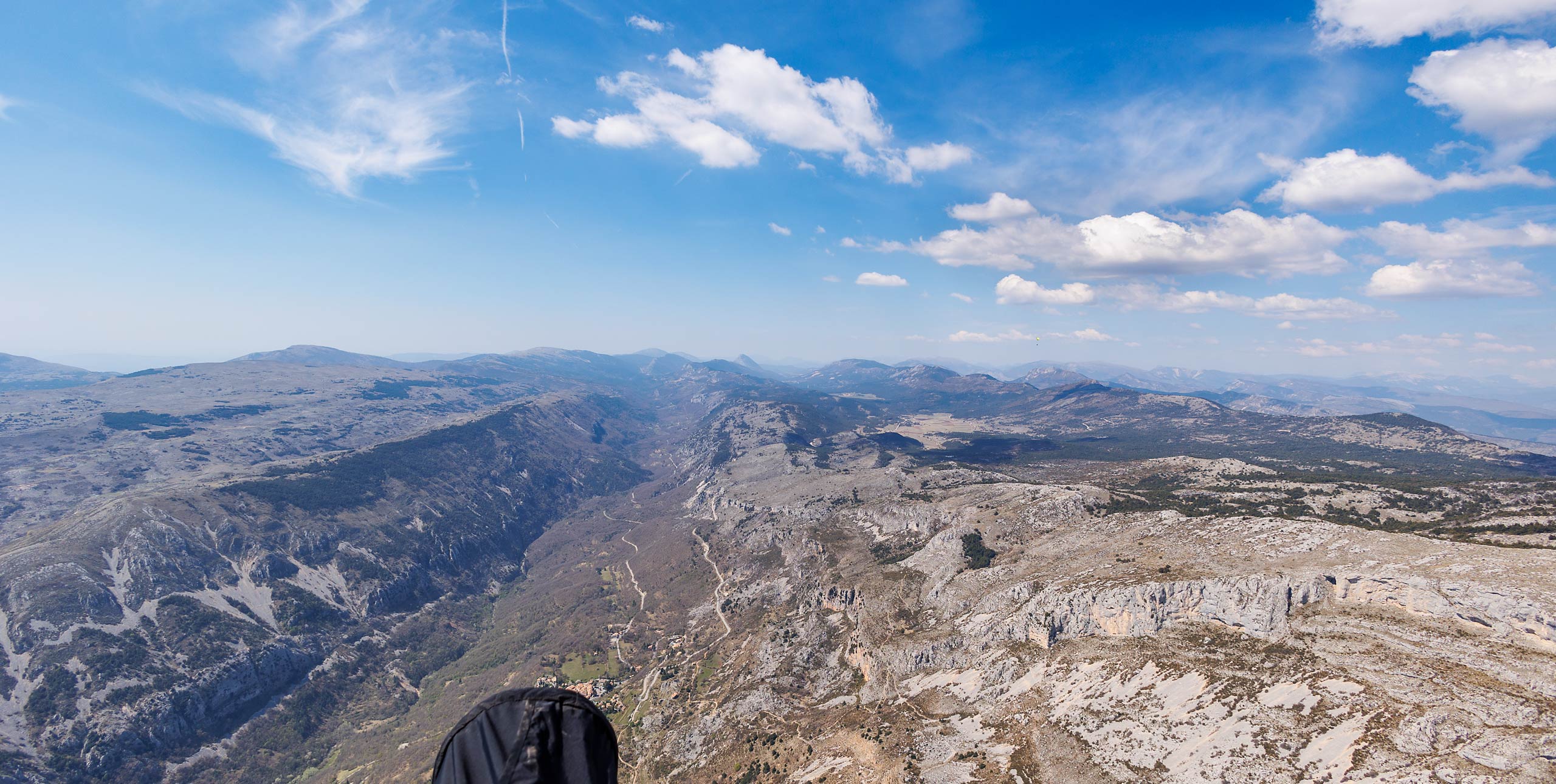As pilots of relatively slow aircraft, it is especially important to have a sense of where the wind is blowing from. In the mountains and even in the flatlands there are various scenarios where we can encounter significantly strong wind from opposing directions just by changing altitude.
We will discuss two examples of this reversal of wind direction with a change in altitude. Both examples occur in mountainous terrain. The first is when a valley wind blows in a direction opposite to the wind at or above crest level. The second is when wind at moderately high passes begins to blow in a direction opposite to the wind at crest level and above. Both scenarios are a result of a thermal low, or heat low, forming over the mountain range.
The heat low
As air over a mountain range heats more than air at the same altitude over the flatlands, an initial outflow aloft begins to occur. It is this outflow aloft that reduces surface pressure in the heart of the mountain range. This surface pressure drop...


